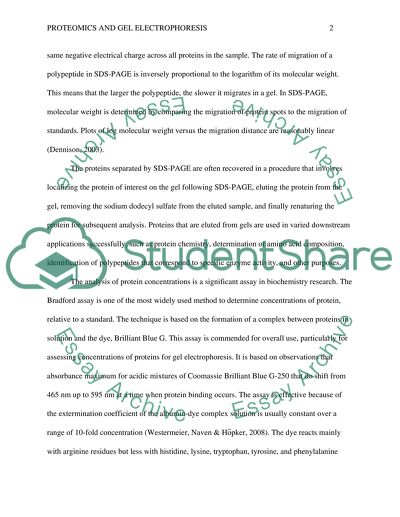Cite this document
(“Protein Extraction and Gel Electrophoresis Lab Report”, n.d.)
Protein Extraction and Gel Electrophoresis Lab Report. Retrieved from https://studentshare.org/biology/1493125-protein-extraction-and-gel-electrophoresis
Protein Extraction and Gel Electrophoresis Lab Report. Retrieved from https://studentshare.org/biology/1493125-protein-extraction-and-gel-electrophoresis
(Protein Extraction and Gel Electrophoresis Lab Report)
Protein Extraction and Gel Electrophoresis Lab Report. https://studentshare.org/biology/1493125-protein-extraction-and-gel-electrophoresis.
Protein Extraction and Gel Electrophoresis Lab Report. https://studentshare.org/biology/1493125-protein-extraction-and-gel-electrophoresis.
“Protein Extraction and Gel Electrophoresis Lab Report”, n.d. https://studentshare.org/biology/1493125-protein-extraction-and-gel-electrophoresis.


